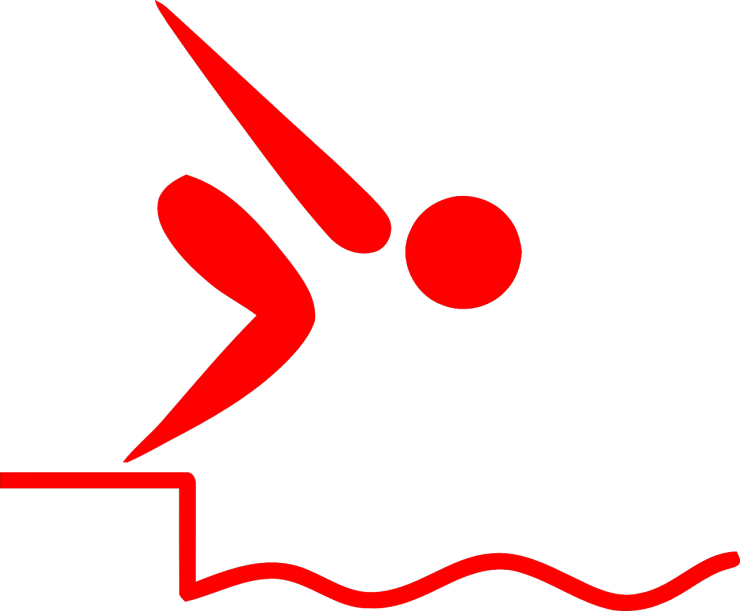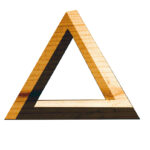Ready for life after bankruptcy?
Even before your case is filed, you can start preparing for your life after bankruptcy.
These four steps will probably make the bankruptcy case be smoother, too.
Change banks
Your money on deposit in “your” bank may not be solely yours.
If you have a loan or other debt to your bank, the bank can help itself to funds in your deposit account to apply to what you owe it.
That’s called set off: the amount the bank owes you (your account balance) is set off against what you owe it. Trust me, you’ll lose if that happens.
Since you usually stop making payments on dischargeable debts once you’ve made the decision to file bankruptcy, don’t leave your cash sitting in the bank, waiting to to be snatched by the bank who didn’t get paid this month.
Open a banking relationship elsewhere with an institution you don’t owe money. Move your money, and any automatic deposits, to the new bank or credit union.
You don’t need to close the existing account. Just keep no more money there than you’re willing to lose if the bank does a set off.
Review automatic bill payments
If money is automatically taken from your account to pay recurring bills, ask yourself if each of those withdrawals are bills you want to pay if you are filing bankruptcy.
If not, stop the bleeding. There’s no prize for being current on everything before filing bankruptcy.
Cancel payments on old debts, debt settlement arrangements, and things you can do without in your new financial life.
Sometimes, it seems the only way to stop such things is to close the bank account. I’ve seen any number of cases where my client may stop the withdrawal for this month, but it pops back up next month.
On the other hand, if you end up changing banks to avoid an offset, as I talked about above, think about whether the automatic payments are for services you want to continue post bankruptcy.
If so, set them up at your new bank.
Can the cards
Stop using your credit cards.
Once you’ve decided to file bankruptcy, any charges to your credit cards after that may be considered fraudulent. After all, you don’t expect to pay off that card after bankruptcy.
Since you’ve stopped paying on the dischargeable credit card debt, use the cash freed up to pay for purchases with cash.
A debit card is fine, since it just draws on your own money. It isn’t a loan to be repaid.
Just like automatic bill pay, if you have ongoing and necessary expenses regularly billed to your credit card, you need to make a new arrangement to pay those bills monthly. You can expect your credit cards to be terminated upon filing.
Remember the checking account float
The balance in your account on the day your bankruptcy case is filed is the number important to you and the bankruptcy trustee. It is not the balance as shown on your check register.
The balance on the day you file is property of the estate. That’s the amount that may need to be protected by claiming an exemption, or turned over to the trustee.
Watch out, if you write checks on the eve of filing. If they haven’t cleared the bank when your case is filed, they may never clear, as the trustee may demand the balance shown on the bank’s books on the day you file.
If you have things you have to pay before filing or if you are counting on spending down the bank account, get cashier’s checks.
The funds to buy a cashier’s check are immediately taken from your account; there is no float.
Smooth sailing
Get these four things done before you file your case, and things in your financial life in general will go more smoothly.
Then you can graduate to my list of 8 must do tasks after you get your discharge.
More
Who to pay after filing bankruptcy
Pay less for your car in Chapter 7
Who is discharged in my bankruptcy
Image courtesy of Carmen Jost and Flickr






